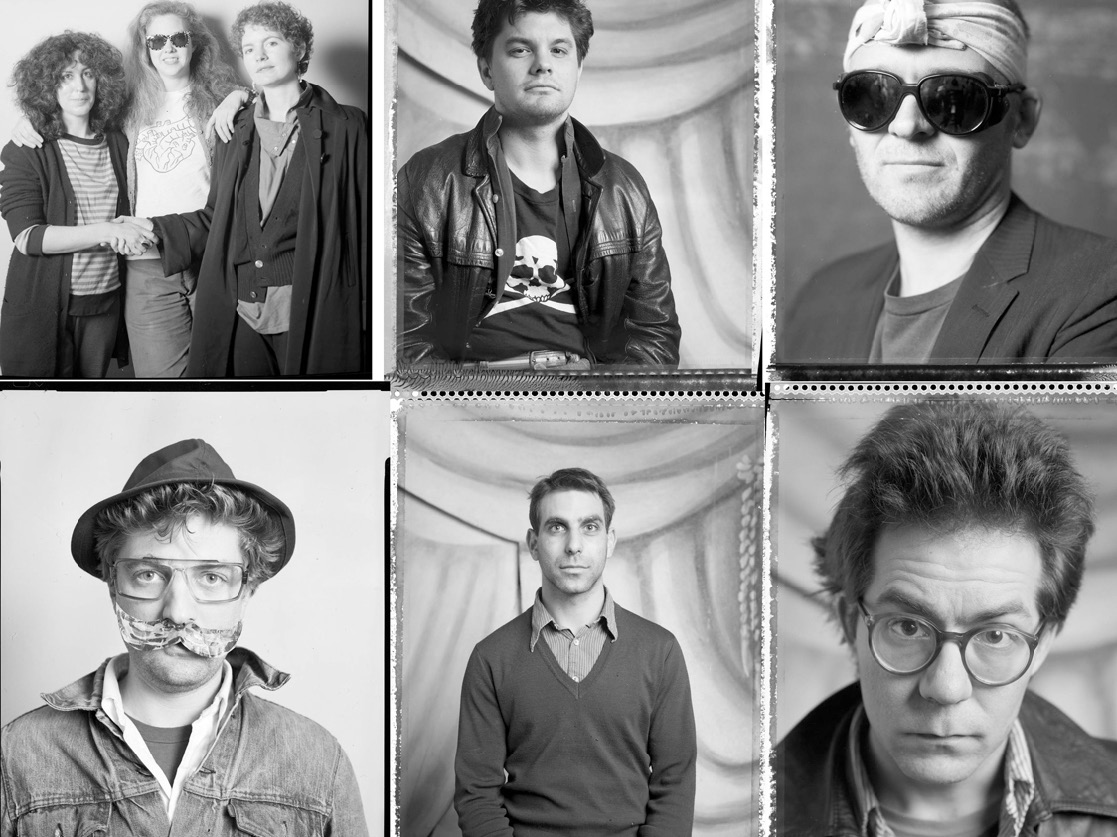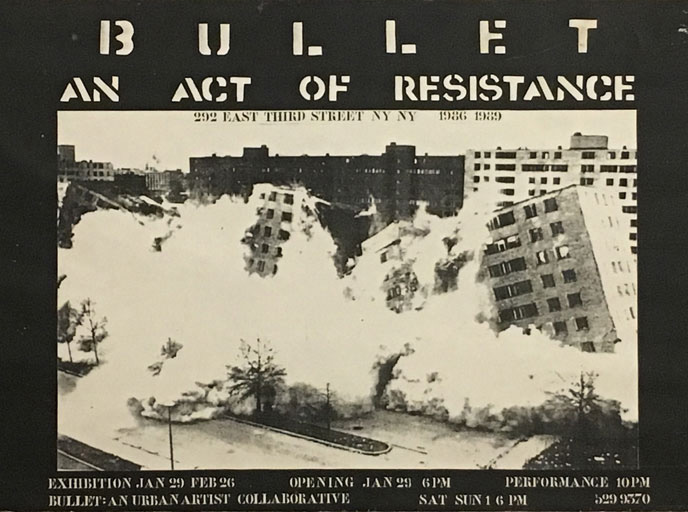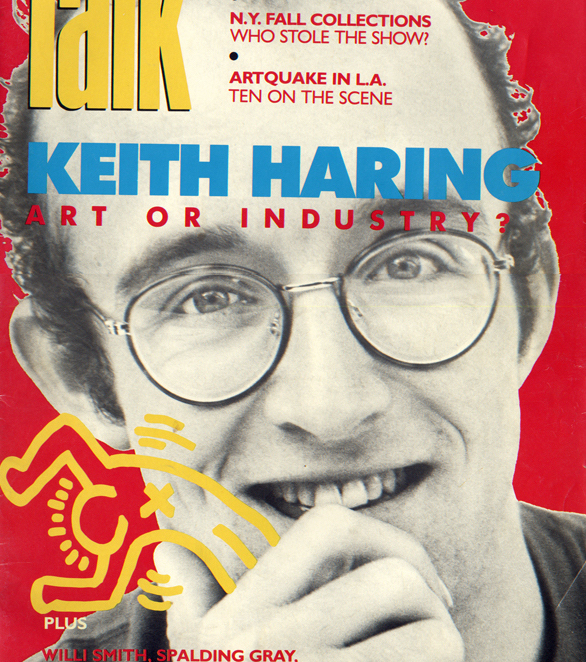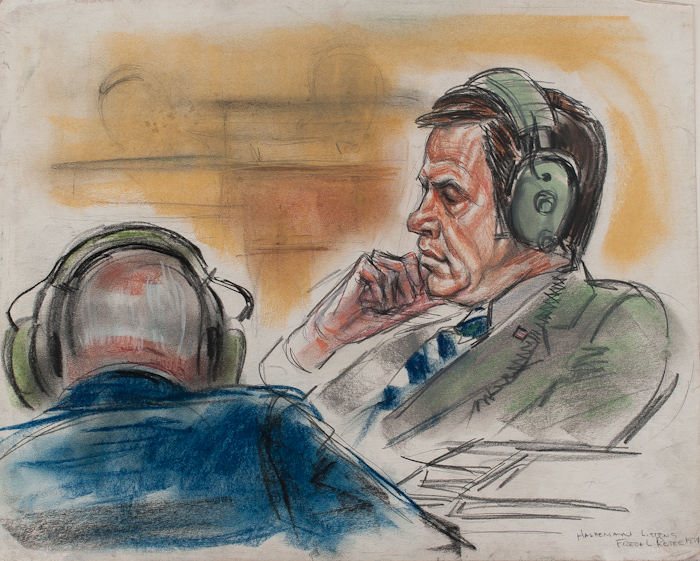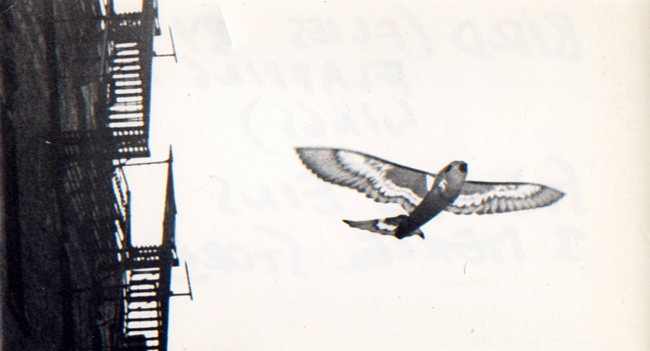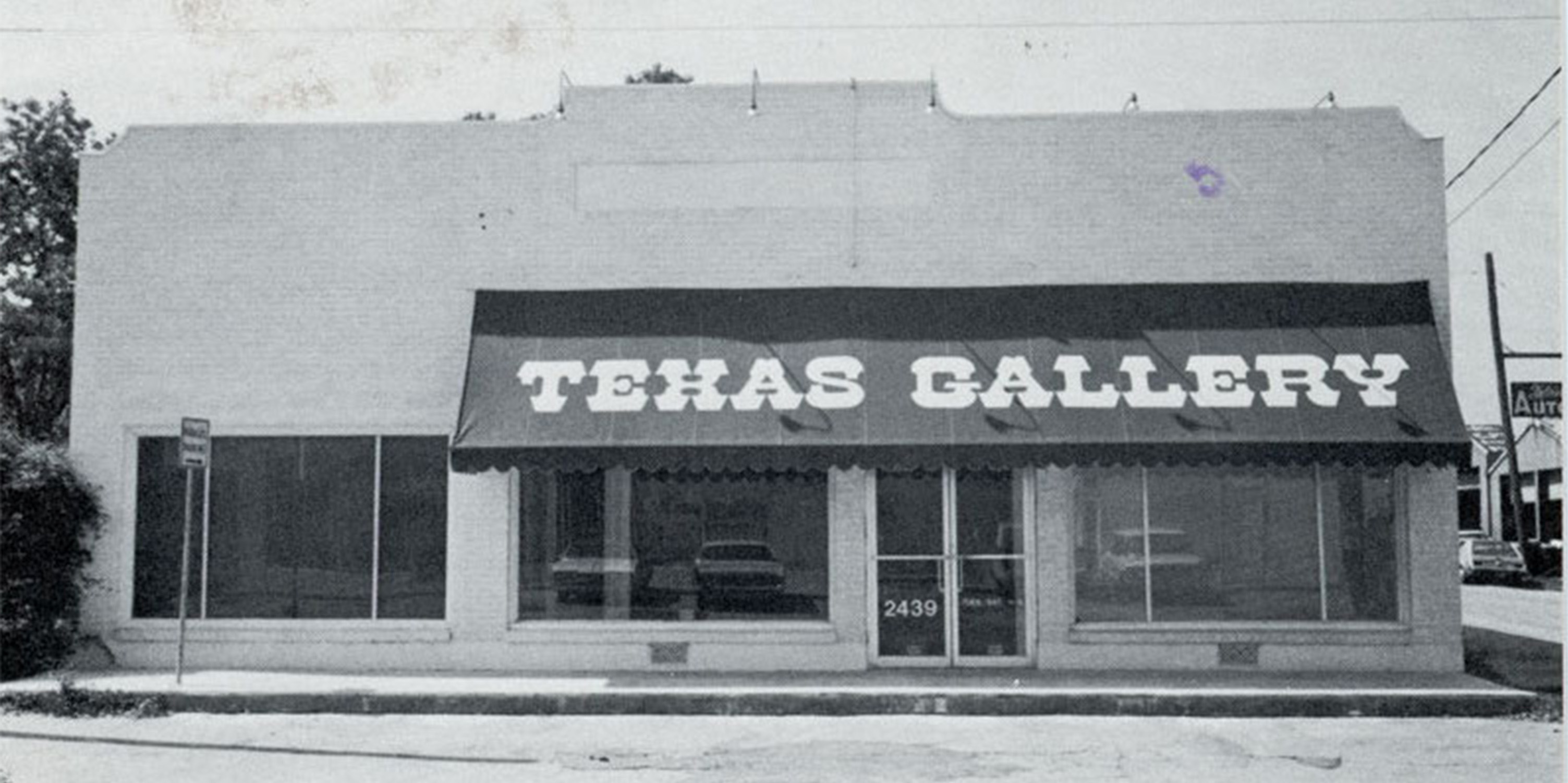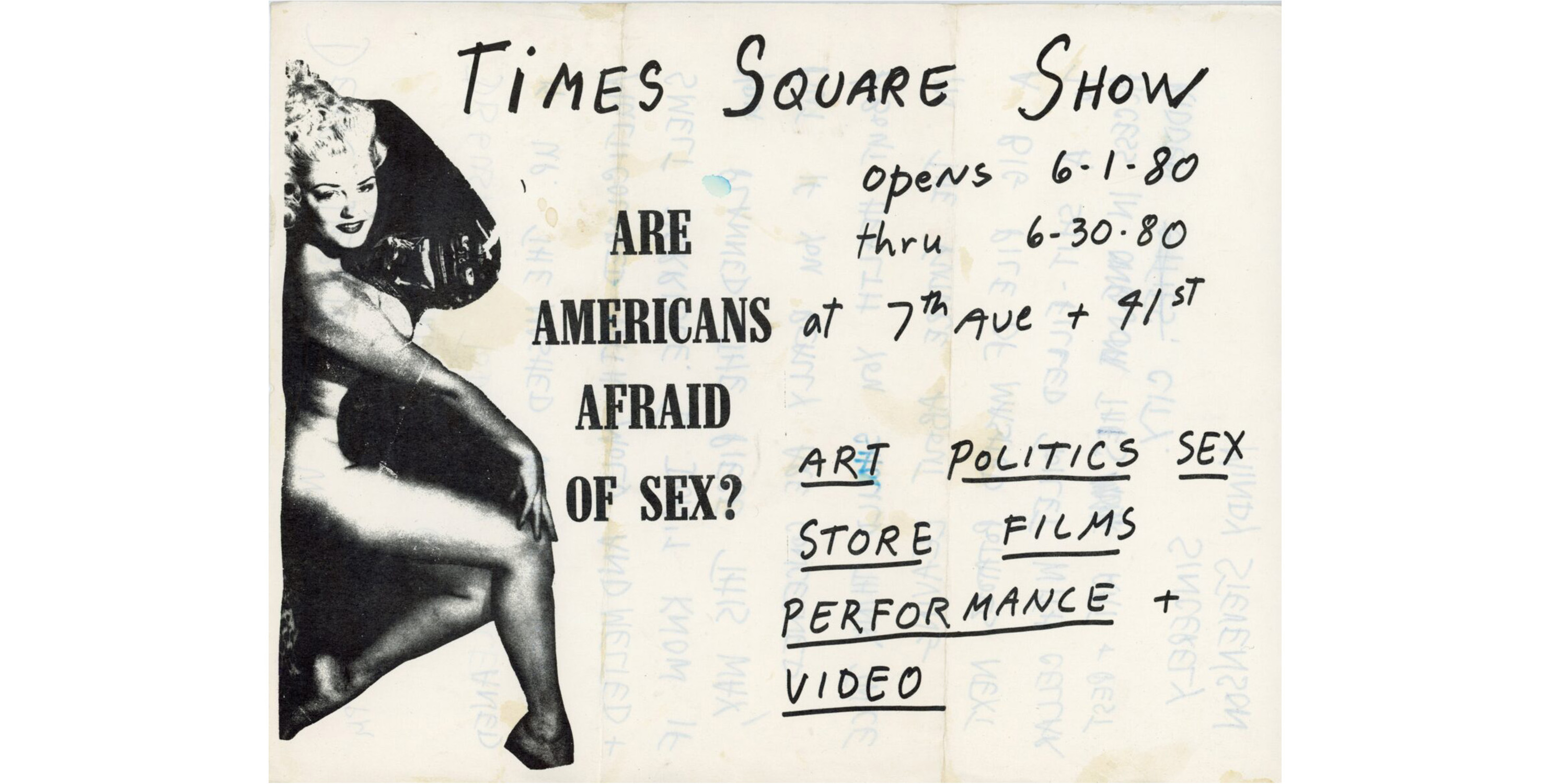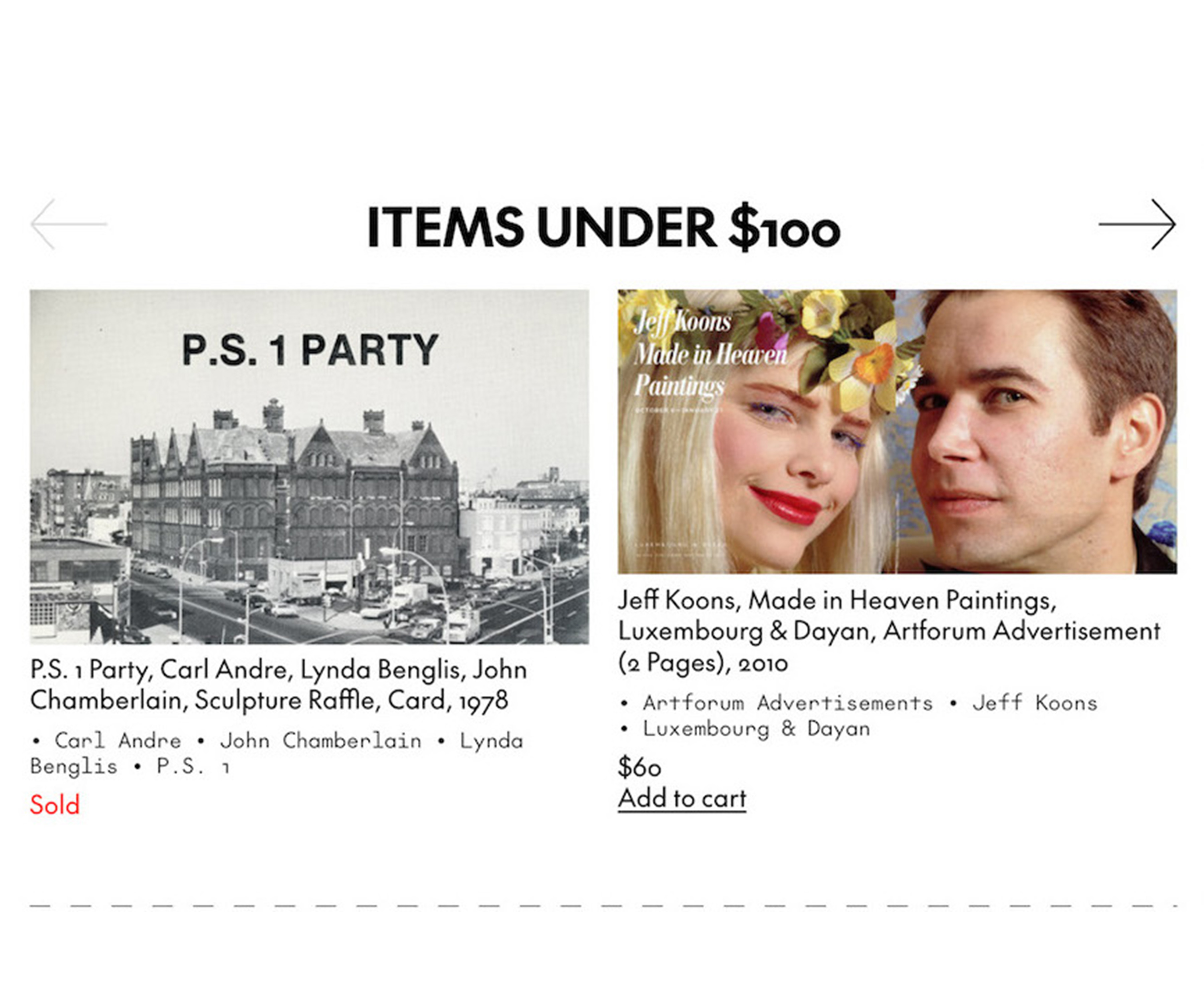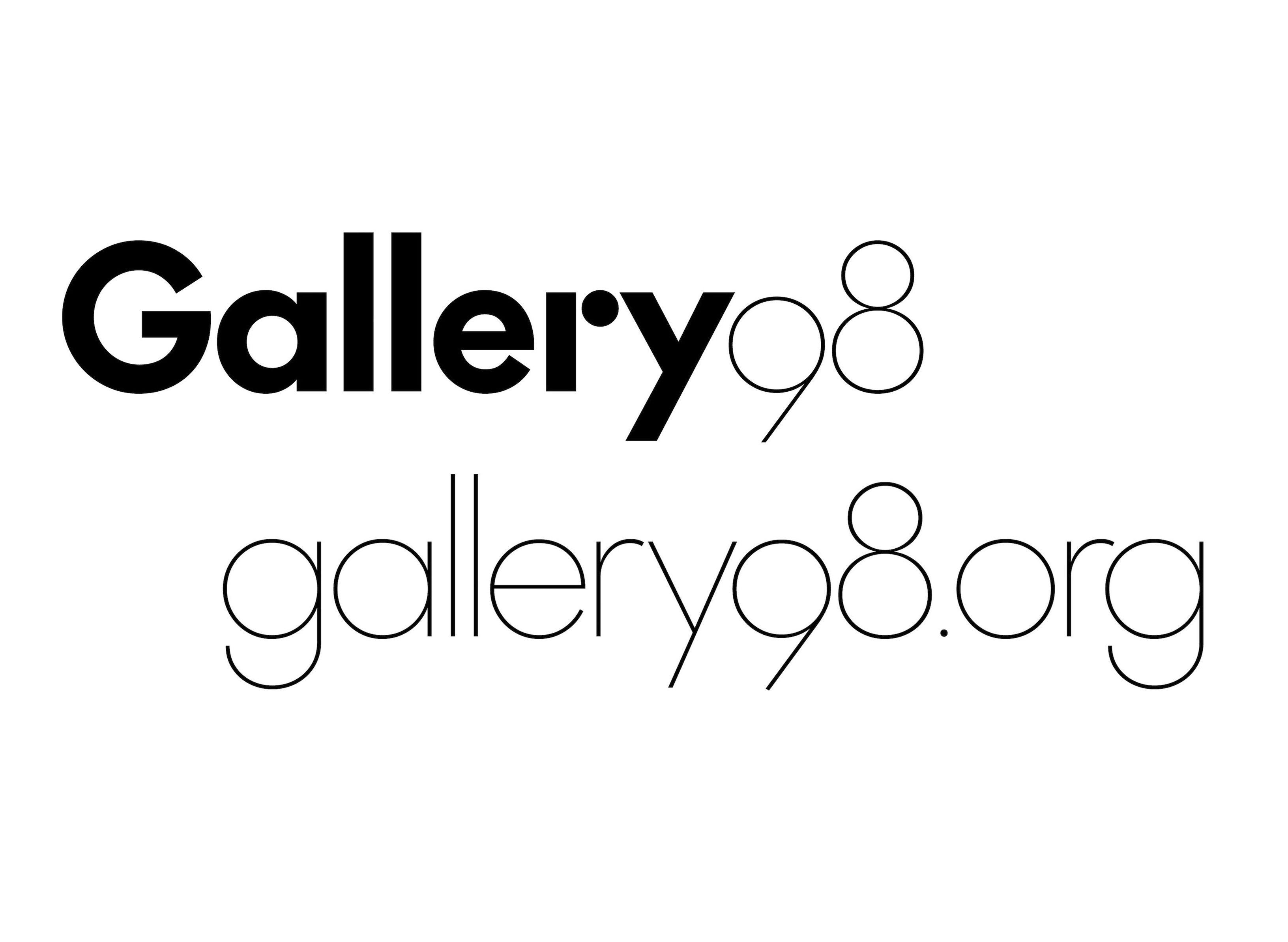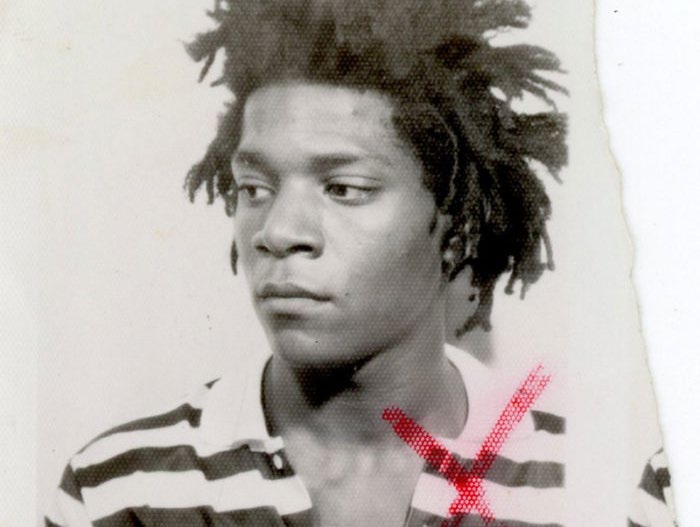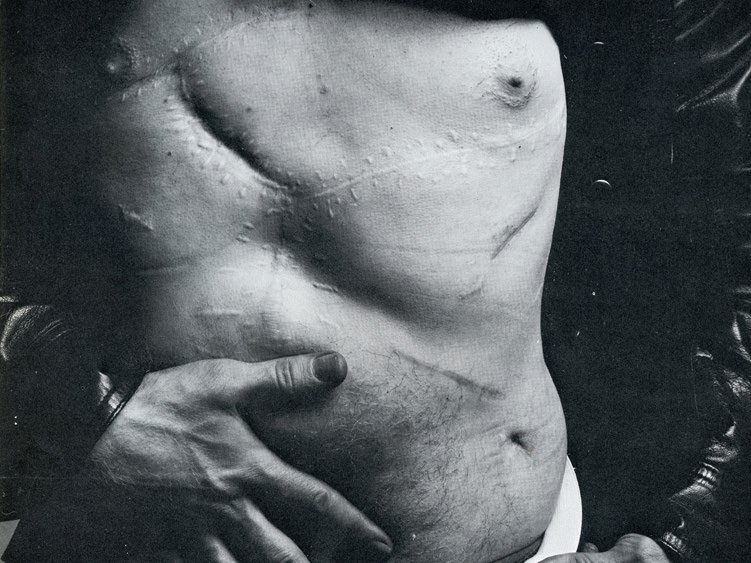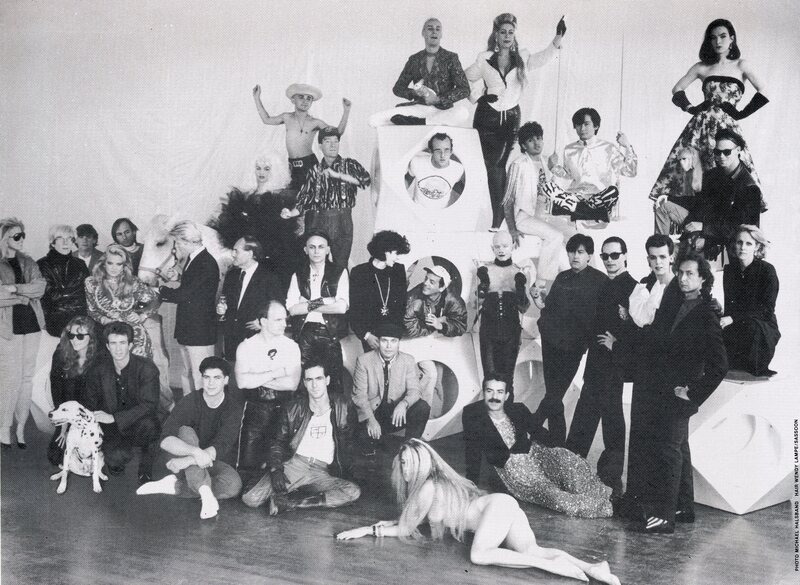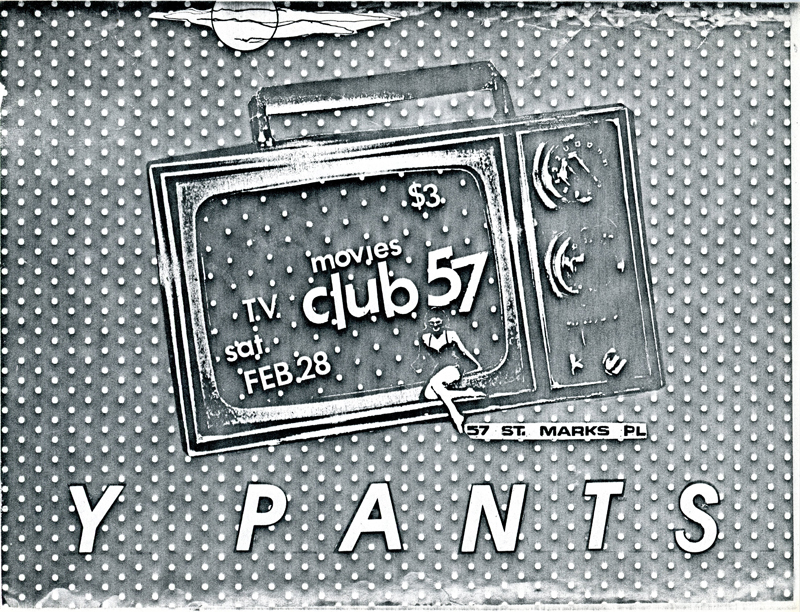Browse our selection of over 8,100 items of art ephemera dating from the 1960s to the early 2000s, grouped by artist, gallery, publication, and theme.
Recent Additions
Sold
$100
$100
$50
Sold
Sold
$100
$250
Sold
Sold
$150
$250
Sold
Sold
$150
$350
Sold
• Fab Five Freddy
• Gallery 151
• Graffiti and Street Art
• Jean-Michel Basquiat
• Keith Haring
• Rammellzee
$100




































